“Everybody in a village had a role to play in bringing up a child—and cherishing it—and in return that child would in due course feel responsible for everybody in that village. That is what makes life in society possible. We must love one another and help one another in our daily lives.”
Alexander McCall Smith, Author: The Full Cupboard of Life
How do you KNOW it’s Time to Transform Your Workplace?
You may be thinking of your challenges and goals and know intuitively the time for change is now. You want a workplace where instead of finger-pointing, mediocrity or passive waiting, everyone takes personal responsibility for getting along, getting lots done and getting motivated. You know a company culture overhaul is in order. So…where’s the hard evidence? And how do you help everyone face it and decide the same?
Vulnerability is your Greatest Asset
Your first step is establishing a transparent relationship with your staff about your decision to make needed changes. Explain your intention, your fears, your learning curve and your plans. Let them know you’ve discovered systems to help them become supported and successful. Explain you’re investing resources and taking responsibility to lead the charge. Most importantly, let them know you’ll be asking questions often avoided by other leaders and you’ll respond to their feedback. Open-heartedly ask them to help you.
There’s a range of decisions they can make. Anything from, “I’d rather stay comfortable in what I’m doing. I’m ok expecting others to change and blaming them for any problems” to “I’ll embrace positive change and do my part to make it happen.” How will you help them choose to take ownership with you?
What You Measure Uncovers the Crucial Why
Why is always the greatest inspiration for doing anything. And the right questions help your team get on the same page about why change is needed and how it benefits all. Let your staff know you care and are serious about supporting them. In my SAS questionnaire (Strategic Alignment Survey), I provide you with 68 human systems questions demonstrating your commitment to transparency:
- How well does our team build trust? Do we practice openness, acceptance, reliability and congruence?
- What are the gaps between the values you place on trust-building behaviors such as straightforwardness, honesty, receptivity, disclosure, respect, recognition, seeking excellence and following through on commitments, and how well do we collectively fulfill on these?
- How much do you know, understand and approve of our company purpose, values and vision? Our goals, procedures and roles?
- How much gossip are we doing?
- What is the quality of our communications?
- What is the quality of our management?
- How engaged are you, your manager, your peers? Fully engaged? Disengaged? Actively Disengaged (negative and sabotaging)?
As you get this feedback out on the table and share it, everyone gets a clear picture of why, where and what to transform. Then later you re-measure to celebrate improvements. While you hold responsibility for and shoulder the bulk of consequences for your company’s culture (both positive and negative), you need your people to understand they’re invaluable to you and this process, and they too share in the causes and suffer or benefit in the effects. Enlist their help. It truly takes a village to create an extraordinary workplace!
As published in the column The Extraordinary Workplace in St. Louis Small Business Monthly, March 2013




